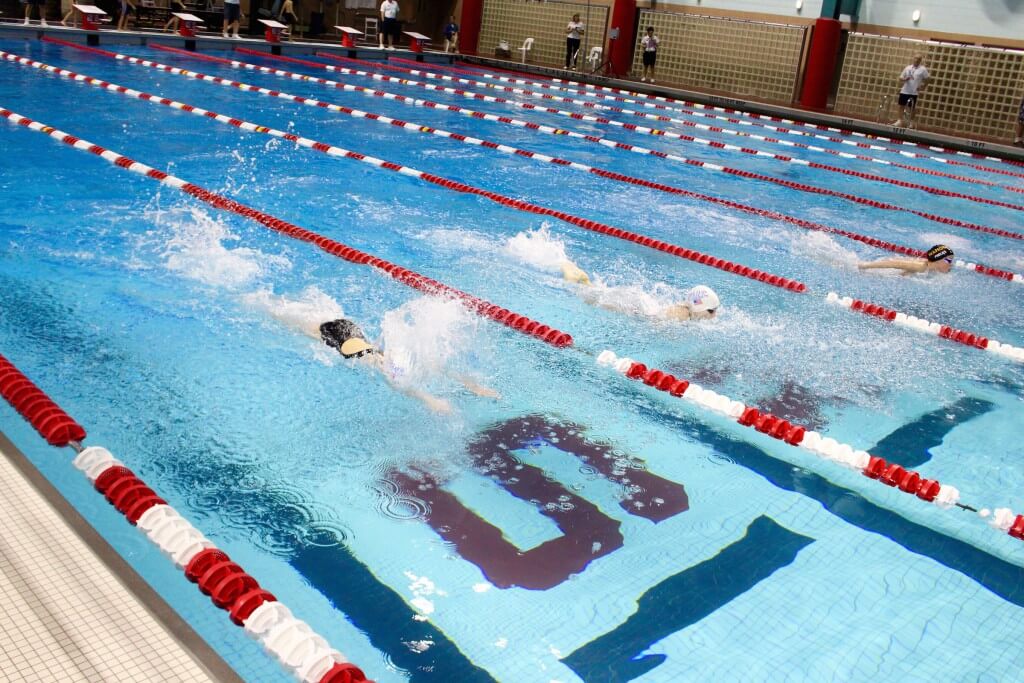One If By Land, Two If By Pool

Swimming World is producing the live webcast of the 2016 CeraVe Invitational on the campus of Rutgers University. Click here to watch the live stream, view video interviews and watch races on demand!
Commentary by Edison Moy, Swimming World Intern 2016 CeraVe Invitational
One on water, the other land: there are many correlations between Track & Field and the sport of Swimming. These race-situated team sports rely on each teammate’s performance of traversing a set distance in the best time possible. Both hold key similarities that involve stamina, speed and coordination between teammates in distance, sprints, and relays, respectively.
Starting at the sound of a starting gun or whistle, athletes compete individually during their length striving for a personal record within their assigned lane. Nerves are high before the meet, as the spotlight shines solely on those competing in the heat, and one false stride or stroke can cost the athletes the race.
Top runners and swimmers maintain a fit body from long hours of training leading up to either an invitational or dual meet where individuals fight for personal records and the glory of their teams. Nervous parents flood the stands, wondering how their children will compete after months of training while teammates cheer on those who are in the current race.
Together, these sports represent the ideals of speed and fitness, exemplifying the supreme of human physical ability.
Of course, there are distinct differences between the land and water sports. For one, there are many different strokes in swimming in which an event can be created around (i.e. breaststroke, butterfly, etc.), whereas in track, there is only running. Track mainly works the legs and core whereas swimming works the entire body; both clearly stress stamina and therefore heart strength for maximal racing ability.
In swimming, distances take longer to traverse when compared to equal distances in track, due to the increased resistance supplied by water. In swimming, coaches play an integral part during the race itself, calling out to their swimmer through a series of repetitive and enigmatic shouts and whistles unlike track where coaches remain relatively quiet on the sidelines, only taking statistics and cheering on their runners as they near the finish line. This dynamic truly distinguishes the two as fans are near identical in both events.
These sports test human physical capabilities at an extreme level, pushing individuals to compete with and try to outperform the opponent by mere fractions of a second. Most importantly, swimming and track allow individuals of all abilities and skill to enhance their physical nature and continually outperform their previous bests.




